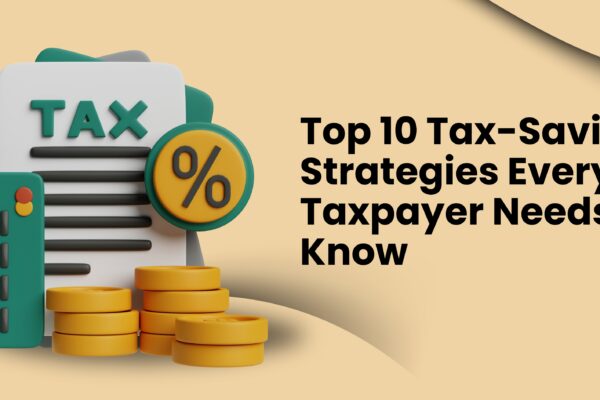Non-obstante clause, How to interpret?
What is a non-obstante clause?
A non-obstante clause is generally appended to a section with a view to give the enacting part of the section, in case of conflict, an overriding effect over the provision in the same or other Act mentioned in the non-obstante clause. It is equivalent to saying that in spite of the provisions or Act mentioned in the non-obstante clause, the provision following it will have its full operation or the provisions embraced in the non-obstante clause will not be an impediment for the operation of the enactment or the provision in which the non-obstante clause occurs. [Source:See: ‘Principles of Statutory Interpretation’, 9th Edition by Justice G.P. Singh Chapter V, Synopsis IV at pages 318 & 319]
e.g. Section 129 of The CGST Act start with
“Notwithstanding anything contained in this Act, where any person transports any goods or stores any goods while they are in transit in contravention of the provisions of this Act or the rules made thereunder, all such goods and conveyance used as a means of transport for carrying the said goods and documents relating to such goods and conveyance shall be liable to detention or seizure and after detention or seizure, shall be released,”
It has a non -obstante clause. It overrides the entire CGST Act.
How to interpret a non-obstante clause?
It is discussed in many cases. Some of them are here for reference. But the crux of all those observations is that we need to see the Act entirely.
When there is a non-obstante clause in more than one provision.
When two or more laws or provisions operate in the same field and each contains a non-obstante clause stating that its provision will override those of any other provisions or law, stimulating and intricate problems of interpretation arise. In resolving such problems of interpretation, no settled principles can be applied except to refer to the object and purpose of each of the two provisions, containing a non-obstante clause. Two provisions in the same Act each containing a non-obstante clause require a harmonious interpretation of the two seemingly conflicting provisions in the same Act. In this difficult exercise, there are involved proper consideration of giving effect to the object and purpose of two provisions and the language employed in each. [See: for relevant discussion in para 20 in Shri Swaran Singh & Anr. v. Shri Kasturi Lal; (1977) 1 SCC 750]
Conclusion
Thus, the non-obstante clauses are not always to be regarded as repealing clauses nor as clauses which expressly or completely supersede any other provision of the law, but merely as clauses which remove all obstructions which might arise out of the provisions of any other law in the way of the operation of the principle enacting provision to which the non-obstante clause is attached. [See: Bipathumma & Ors. v. Mariam Bibi; 1966(1) Mysore Law Journal page 162, at page 165]
If more than one construction is possible, that which preserves its workability and efficacy is to be preferred to the one which would render it otiose or sterile.
RBI v. Peerless General Finance and Investment Co. Ltd., [(1987) 1 SCC 424],
“that interpretation is best which makes the textual interpretation match the contextual.” Speaking for the Court, Chinappa Reddy, J. noted the importance of rule of contextual interpretation and held:-
“Interpretation must depend on the text and the context. They are the bases of interpretation. One may well say if the text is the texture, context is what gives the colour. Neither can be ignored. Both are important. That interpretation is best which makes the textual interpretation match the contextual. A statute is best interpreted when we know why it was enacted.”

 CA Shafaly Girdharwal
CA Shafaly Girdharwal
CA
New Delhi, India
CA Shaifaly Girdharwal is a GST consultant, Author, Trainer and a famous You tuber. She has taken many seminars on various topics of GST. She is Partner at Ashu Dalmia & Associates and heading the Indirect Tax department. She has authored a book on GST published by Taxmann.








